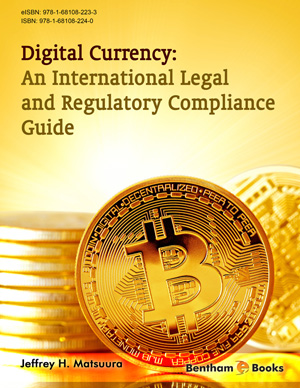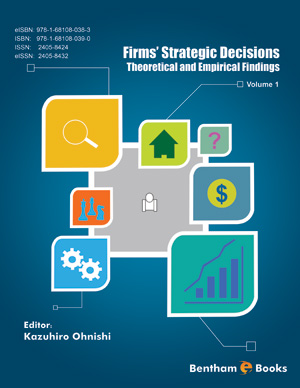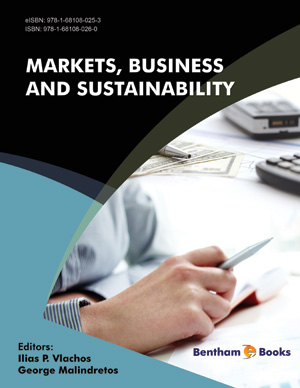Abstract
This section of the book develops the theory of simulation in the LMRW. Although the theory for this is developed similarly to that for the Gaussian HJM model, the results here are somewhat more complicated than those. In particular, the drift term in the LMRW has an additional feature that makes it different from that in the Gaussian model. Moreover, the methods for reducing dimensionality and constructing the drift term for use in simulation are different from those for the Gaussian model. Readers are recommended to review the corresponding results in Chapter 6 to more deeply understand the properties of the LMRW.
Most of the arguments in this chapter are based on Yasuoka (2013a); Section 9.2 is newly written to describe maximum likelihood estimation for the market price of risk.
Some numerical examples will be shown in Chapter 10, using the same historical data as in the example for the Gaussian HJM model.
Keywords: Complete market, Dimensionality reduction, Eigenvalue, Full-factor model, Interpretation of the market price of risk, Least squares problem, LIBOR market model, LMRW, Log-scale observable trend, Log-scale rolled trend, Market price of risk, Monte Carlo simulation, Maximum likelihood estimation, MPR score, Negative price tendency, PCA, Principal component score, Properties of simulation, Real-world measure, Real-world simulation, State space setup, Volatility component.









.jpg)


